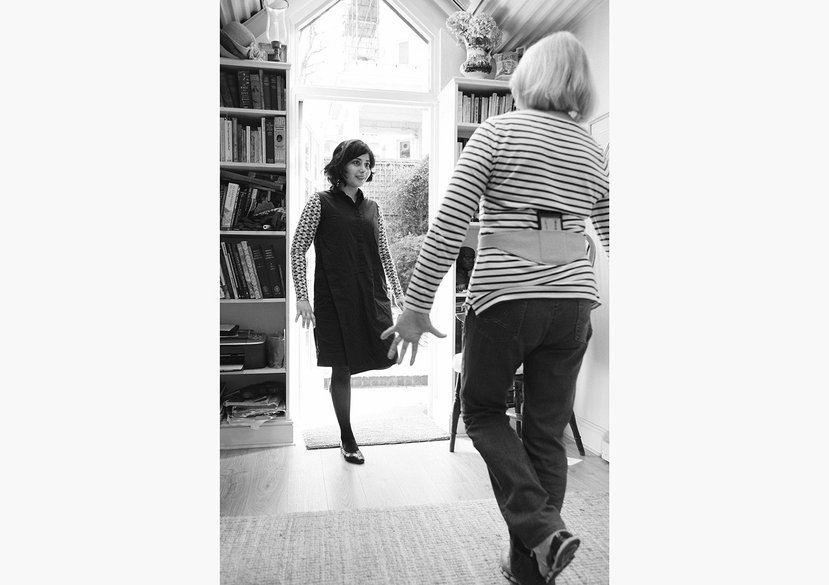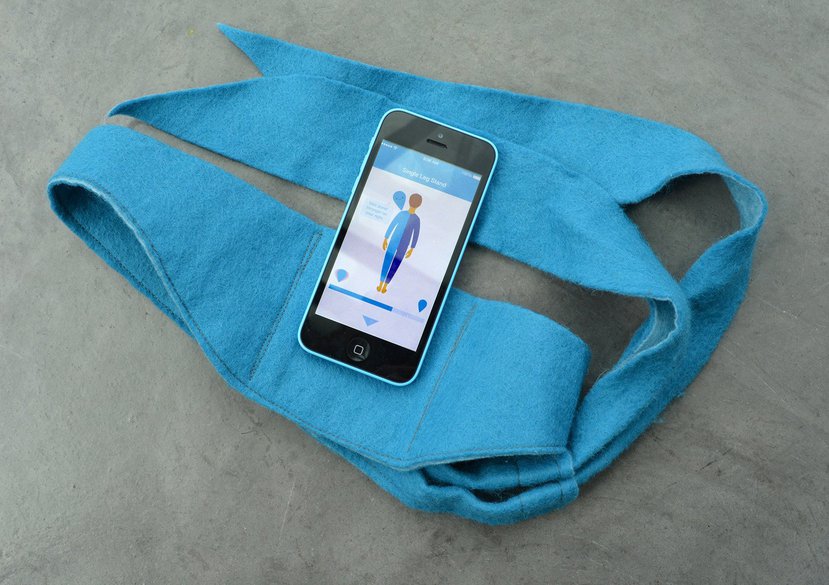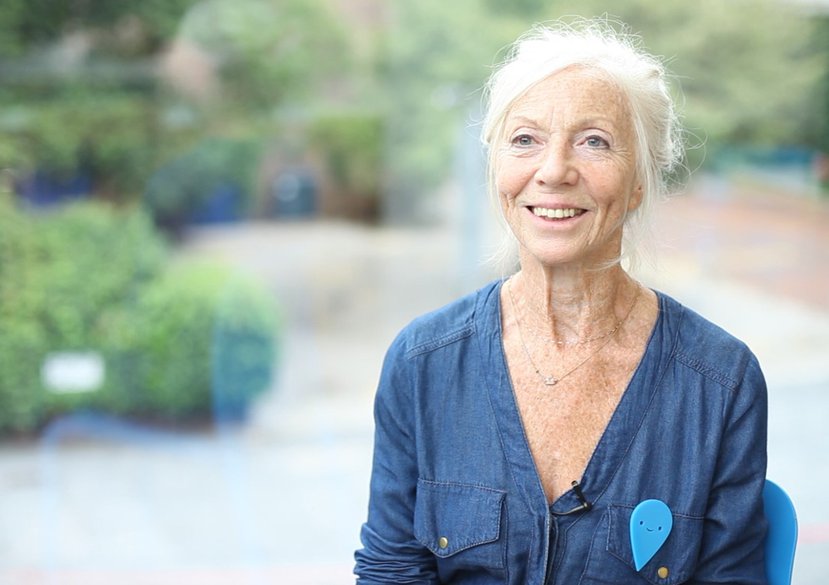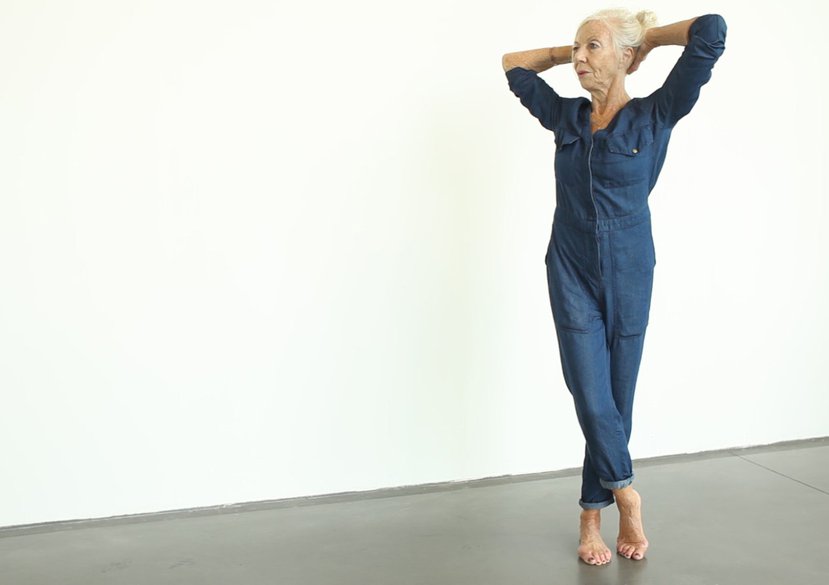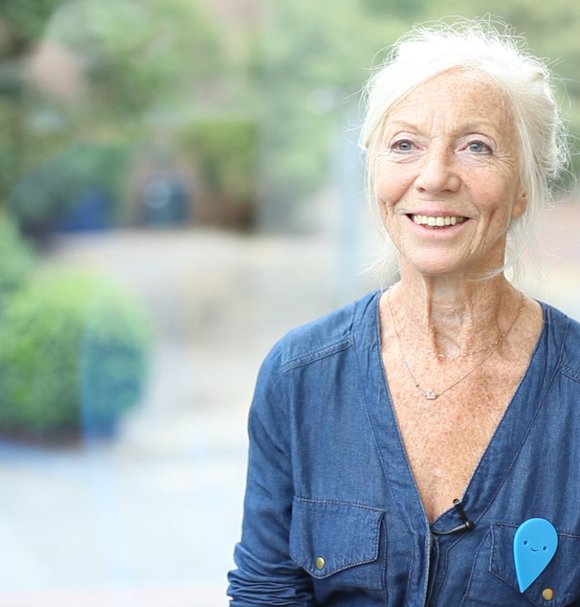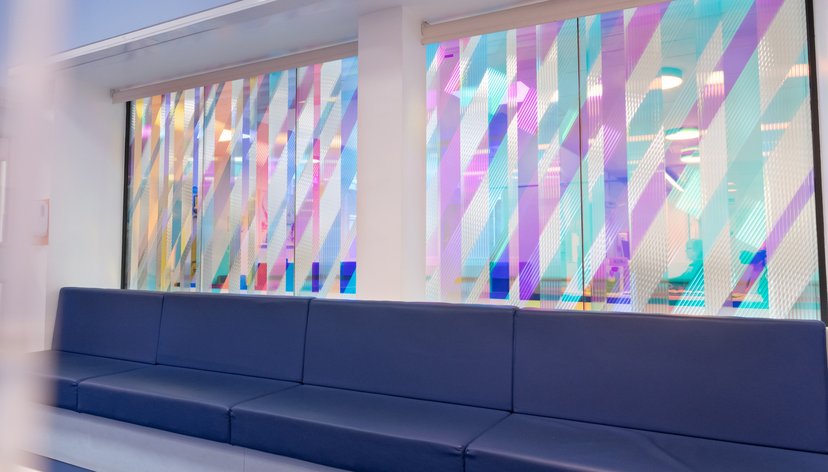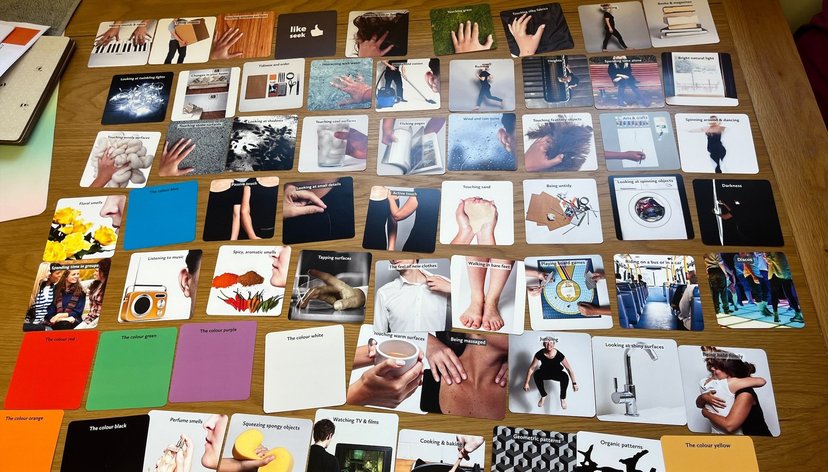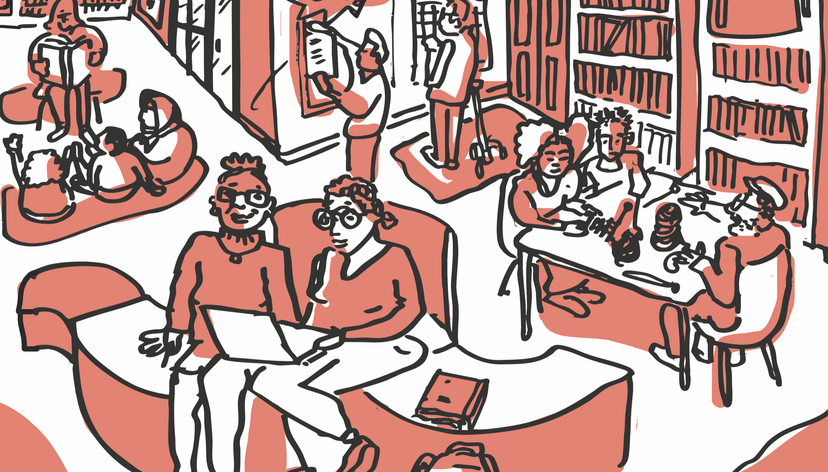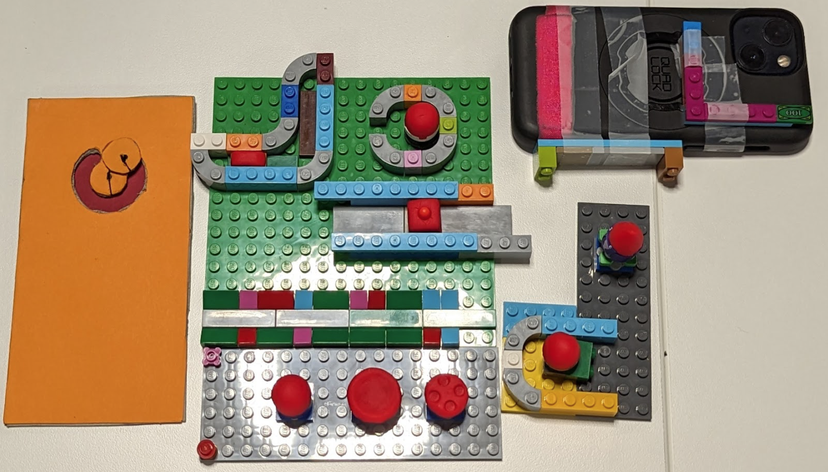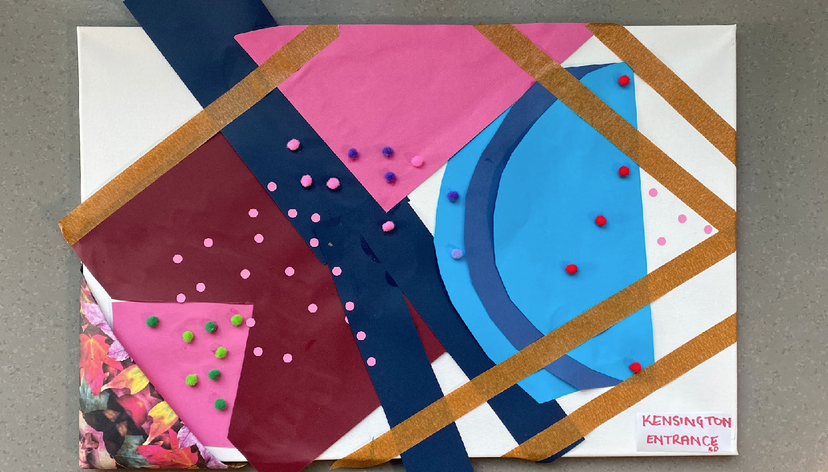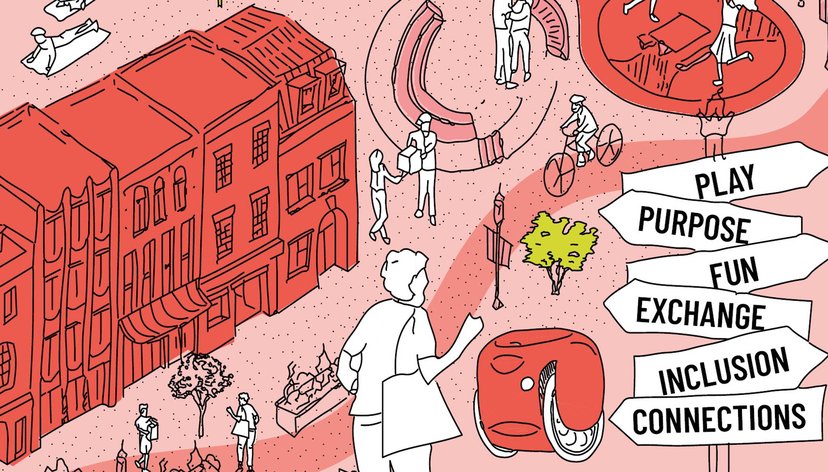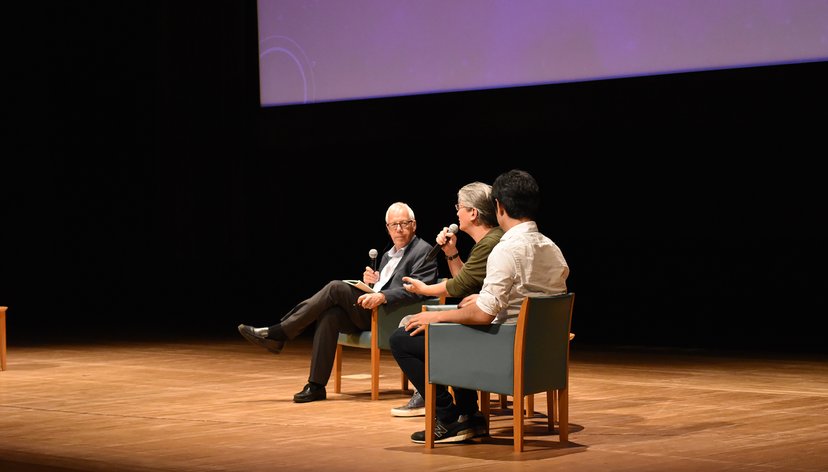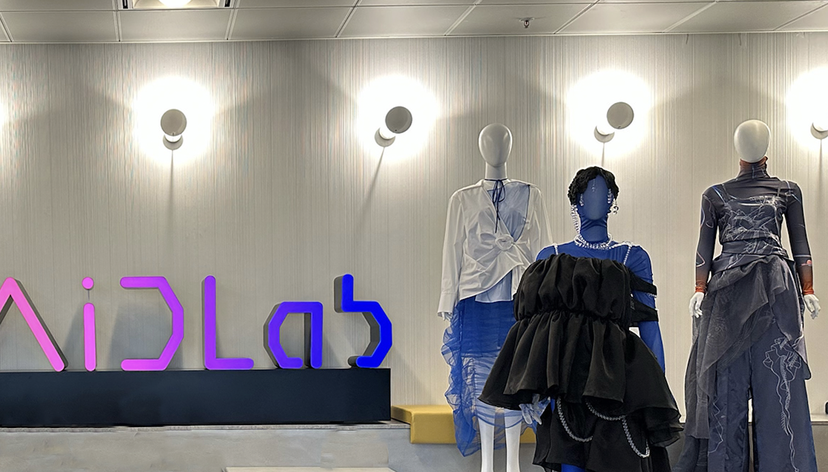
One of a series of projects with stairlift manufacturer Stannah looking to invigorate product and service offerings through Inclusive Design.
At a glance
- Our several-year partnership with world-leading stairlift provider Stannah, developed new inclusive product and service propositions.
- This project explored ways to create and support better balance and vestibular health for particularly for women aged over 55.
- Other projects in the series included: embedding simple technology into stairlifts to create connected care experiences; and community-based service support concepts.
Key details
Gallery
More information
The challenge
This series of projects took an Inclusive Design approach to explore, new design offerings with the world’s largest manufacturer of stairlifts, Stannah.
Within this project the challenge identified was around falls - the leading cause of accident-related mortality in older people across the UK and major contributor to reduced mobility. We examined how we can reduce the risk of falling in later life, to allow people freedom, independence and safer enjoyment of their own homes.
Our approach
The project focused on women, as they are at a higher risk for falls-related fractures and have a greater chance of developing a fear of falling. Concepts were co-created with user cohorts of older women, most of whom had previously had a fall. Experts were also engaged in the process - from falls experts and balance trainers, to computer scientists and statisticians.
We designed a research methodology to explore an individuals current and past relationship with ‘Activity Levels’ and ‘Balance Health’, and worked on creating and communicating measurements, methods and routines that would allow individuals to achieve self-knowledge through human insights.
Outputs
A first of its kind free app designed to help individuals, and healthcare professionals working with individuals, to improve balance health and remain fall free for longer.
Grover, S., Atkin, R. & McGinley, C. (2015), ‘Certainty as a Provocation: The design and analysis of 2 Quant-Qual tool dyads for a qualified self technology project’ at Research Through Design, Cambridge, March 2015
